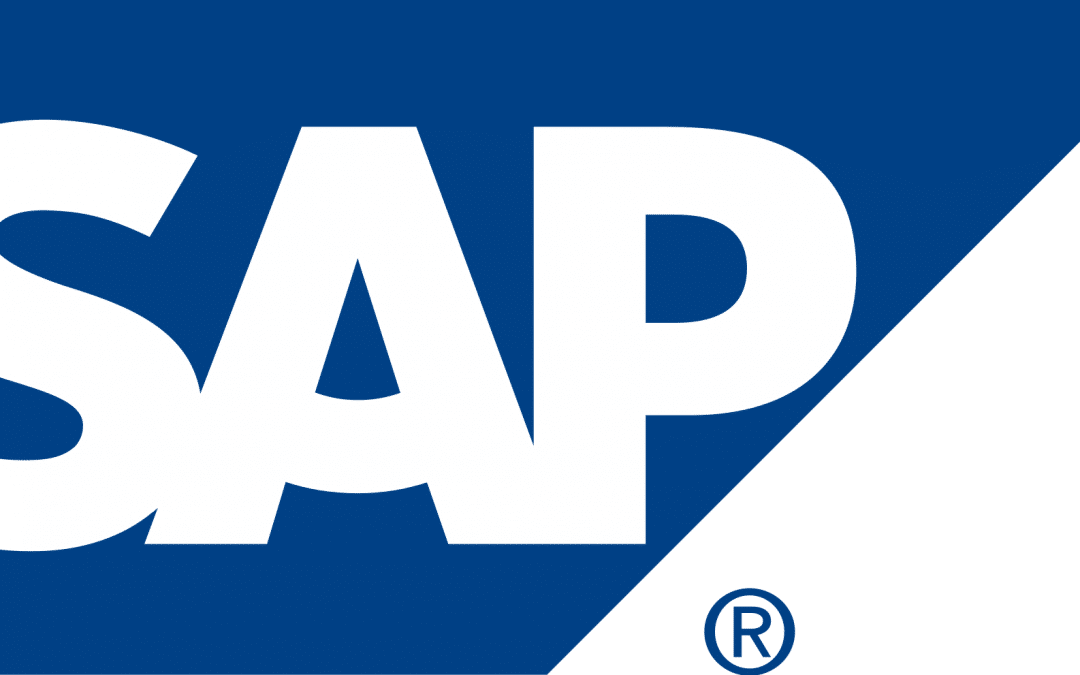SAP steps up its commitment to climate action, one of the UN’s 17 sustainable development goals defined to transform the world’s economy, society, and environment.
Climate change impacts everyone. As the United Nations points out, “It is disrupting national economies and affecting lives, costing people, communities and countries dearly today and even more tomorrow … and the poorest and most vulnerable people are being affected the most.”
Addressing this worldwide challenge is both an obligation as well as an opportunity for businesses.
Helping the World Run Better and Improving People’s Lives
In line with SAP’s vision and purpose, SAP is working to enable customers to increase their overall resource productivity and transform their businesses to reduce carbon output.
In addition, SAP has set ambitious internal carbon targets.
“While much of SAP’s ability to create a sustainable future lies in how we enable customers to create positive economic, social, and environmental impact through our product portfolio, SAP’s ambition has always been to lead by example and be a credible role model,” says Chief Sustainability Officer Daniel Schmid.
SAP’s journey to become carbon neutral. Click to see the full infographic.
Taking its environmental responsibilities seriously, SAP embarked on a journey to improve its footprint with several milestones reached along the way (see infographic and video). As the No. 1 software company in the Dow Jones Sustainability Index 2016, SAP received top scores for its climate strategy with 96% (+14 pp compared to 2015; industry average 27%). This ranking recognized SAP’s ambitious target of reducing its carbon emissions to the levels of 2000 by 2020. It also acknowledges SAP’s programs to cut emissions, encompassing energy efficiency initiatives such as efficient coding, and SAP’s shift to 100% renewable energy. By purchasing 100% renewable electricity certificates for its facilities and data centers, SAP has created a “green cloud” that benefits its customers.
“We are well on track to achieve our current carbon target. But we have the ambition to remain a frontrunner and look beyond 2020. By 2025, we will become carbon neutral in SAP’s operations. This is the logical next step in SAP’s long-term greenhouse gas (GHG) avoidance strategy,” Schmid points out.
Avoid – Reduce – Compensate
How will SAP reach its net zero carbon footprint goal? Marcus Wagner, Global Environmental manager, explains: “SAP will continue existing initiatives and programs to drive efficiency and innovation to avoid and reduce GHG emissions, following our approach ‘avoid – reduce – compensate.’”
This means:
- Avoid: Whenever possible, SAP aims first to avoid the creation of GHG, e.g. usage of virtual telecommunication.
- Reduce: If emissions cannot be avoided, SAP seeks to drive efficiency and reduce GHG emissions, e.g. building efficiency, data center operations, carpooling and car sharing, e-mobility.
- Compensate: SAP will extend existing compensation models which have proven effective, such as embedded internal carbon pricing model for CO₂-free train and air travel. Another example is the implementation of carbon neutral fuel cards for company cars.
Part of SAP’s carbon neutral strategy is the investment in climate protection projects like the Livelihoods Fund. This innovative program, to which SAP has pledged 3 million euros, channels money into re-forestation and climate-protection projects in Africa, Asia, and Latin America.
“We have had positive experiences with this innovative form of offsetting carbon dioxide emission. The funds finance completely new projects that benefit not only the environment but also the people by fostering the sustainable development of rural communities,” Schmid reports. “That’s the kind of change we want to drive. We know there is always a risk of greenwashing. To avoid this, we have put together a set of key criteria describing the quality standard for the procurement of CO₂-offsets such as the Gold Standard that we will apply with great scrutiny when selecting new projects.”
Technology Innovation Can Make a Difference
Information and communication technology (ICT) also plays a role in achieving the UN SDG #13 “Climate Action” by mitigating the risk of climate change. According to #SMARTer2030, a study by the Global e-Sustainability Initiative (GeSI) and Accenture Strategy, it is possible, during the next 15 years, to hold worldwide carbon emissions to 2015 levels by digitizing business processes and applying data to decisions about resource use. ICT solutions, such as video conferencing and smart building management that SAP is applying in its own operations, could cut the projected 2030 global greenhouse gas emissions by 19%. This would amount to energy and fuel savings comparable to 25 billion barrels of oil and a reduction of 12.1-gigaton carbon dioxide equivalent (GtCO2e) of greenhouse gases. This is equivalent to nearly 10 times the ICT sector’s emissions in the same period.
|
SAP and the UN 2030 Sustainable Development Goals Following the launch of the United Nations 2030 Sustainable Development Goals (SDGs, or the UN Global Goals) in September 2015, SAP mobilized additional resources and employees worldwide to help governments and citizens achieve these 17 urgent global goals that range from ending poverty, protecting the planet to fighting diseases, and ensuring prosperity for all by 2030. SAP is a founding member of IMPACT 2030 and the Global Partnership for Sustainable Development Data and has published an interactive web book and iPad app as well as a free online course on openSAP “Sustainability through Digital Transformation” in the first half of 2016 to help drive awareness around the SDGs and showcase examples of how IT can help contribute to them. |
In a research study published just after COP21 and the Paris Agreement, SAP estimated that digital technologies can help save 7.6 Gt carbon emissions by 2030 in major industries like utilities, agriculture, and transportation. That’s a full 63 percent of the 12.1 Gt total identified in the #SMARTer2030 study that could be cut – further potential for SAP to support its customers in taking climate action. In this way, the journey goes on.
In related news, SAP Healthcare innovations recently provided a best practice guide for the best-run hospitals.


